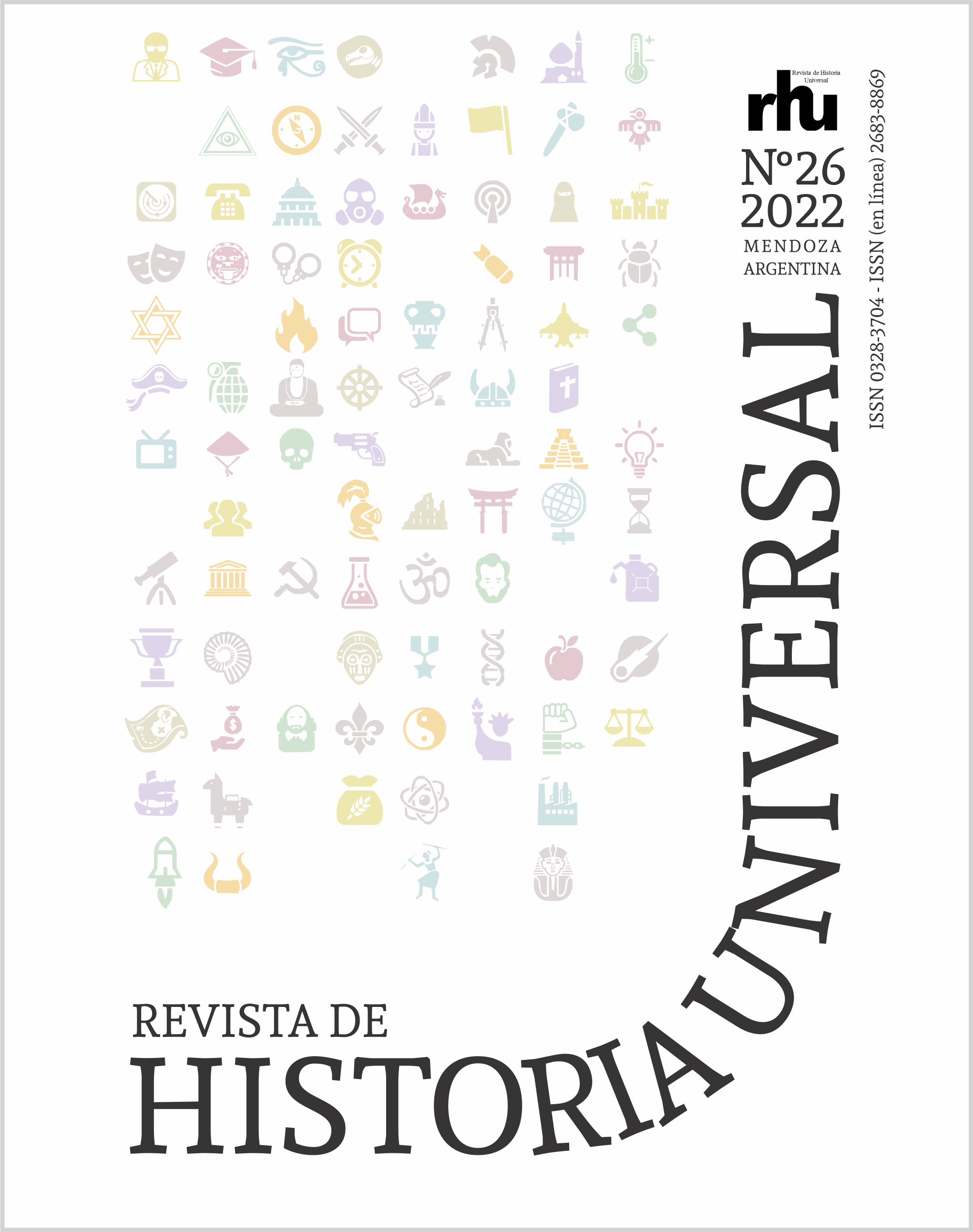Legal aspects in Ptolemaic Egypt within the context of ethnic- cultural diversity
Keywords:
Ptolemaic Egypt, law, papiryAbstract
The present article aims at analysing the legal aspects in Egypt during Ptolemaic domination, within the framework of the interaction of different ethnic- cultural communities.
Ptolemy, son of Lagos, had received the satrapy of Egypt and associated territories after the division of Alexander's Empire, and in 305 B.C. he took the title of "pharaoh" for the Egyptian society, and "basileus" for all others, proclaiming his authority over the entire territory of Egypt. In some aspects, Egypt in the hands of the Greco-Macedonian elite is essentially different from the Egypt in the hands of the pharaohs. In this respect, the replacement of an indigenous ruler by a foreigner was of crucial importance. Ptolemaic Egypt involved the subordination of the indigenous population to the interests of the new ruling elite, adopting a cautious policy and understanding the need to maintain a cautious attitude towards the dominated majority.
References
Droysen, J. G. (1946). Alejandro Magno. Fondo de Cultura Económica.
Gomez Espelosin, J. (1992). ¿Reyes y Dioses? La percepción de la monarquía en el Egipto helenístico. En L. A. García Moreno y A. Pérez Largacha. (Eds.), De Namer a Ciro (3.150 a.C-642 d.C) (pp. 131-143). Universidad de Alcalá.
Guzmán Guerra, A. y Gomez Espelosin, F. J. (1997). Alejandro Magno. De la historia al mito. Alianza.
Grieb, V. (2014). Zur Gründung von Alexandreia: Die Quellen im Kontext des spätklassischen Urbanismus der südöstlichen Ägäiswelt und der nautischen Bedingungen im östlichen Mittelmeerraum”. En V. Grieb, K. Nawotka y A. Wojciechowska (Eds.), Alexander the Great and Egypt. History. Art. Tradition (pp. 169-219). Harrassowitz Verlag.
Husson, G. y Valbelle, D. (1992). Instituciones de Egipto. Cátedra.
Lippert, S. (2014). Egyptian Law, Saite to Roman Periods. En Oxford Handbooks Editorial Board (Ed.), Oxford Handbook Topics in Classical Studies. Oxford University Press.
Lippert, S. (2012). Law (definitions and codification). En W. Wendrich, J. Dieleman, E. Frood y J. Baines (Eds.), Encyclopedia of Egyptology (pp. 2-18). Universidad de California en Los Ángeles.
Lloyd, A. B. (2010). From satrapy to Hellenistic kingdom: the case of Egypt. En A. Erskine y Llewellyn-Jones, Ll. (Eds.), Creating a Hellenistic World (pp. 83-105). The Classical Press of Wales.
Manning, J. G. (2014). Introduction. En J. G. Keenan., J. G. Manning y U. Yiftach-Firanko (Eds.), Law and Legal Practice in Egypt from Alexander to the Arab Conquest (pp. 1-30). Cambridge University Press.
Manning, J. G. (2004). Property Rights and Contracting in Ptolemaic Egypt. Journal of Institucional and Theoretical Economics, 4, 758-764.
Martin, A. (1994). Archives privées et cachettes documentaries. En A. Bülow-Jacobsen (Ed.), Proceedings of the 20th International Congress of Papyrologists. Copenhagen, August 1992 (pp. 567-577). Museum Tusculanum Press.
Padró I Parcerisa, J. (1977). Los decretos trilingües ptolemaicos y su importancia para la comparación de las estructuras políticas y sociales del Egipto faraónico y helenístico. Actas del Coloquio Estructuras sociales durante la Antigüedad (pp. 55-63). Instituto de Historia Antigua.
Pestman, P. W. (1995). A family archive which changes History. En P. W. Pestman y S. P. Vleeming (Eds.), Hundred-Gated Thebes. Acts of a Colloquium on Thebes and the Theban Area in the Graeco-Roman Period (pp. 91-100). Brill.
Rhodes, P. J. (2016). La Antigua Grecia. Una historia esencial. Crítica.
Rodríguez Martín, J. D. (2017). La relación entre las fórmulas “καθάπερ ἐκ δίκης” y “κατὰ τὸ διάγραμμα” en los papiros ptolemaicos y romanos. En M. J. Albarrán Martínez, R. Martín Hernández y I. Pajón Leyra (Eds.), Estudios Papirológicos. Textos literarios y documentales del siglo IV a.C. al IV d.C. (pp. 143-170). Fundación Pastor de Estudios Clásicos.
Rowlandson, J. (2007). The Character of Ptolemaic Aristocracy. Problems of Definition and Evidence. En T. Rajak, S. Pearce, J. Aitken y J. Dines (Eds.), Jewish Perspectives on Hellenistic Rulers (pp. 29-49). University of California Press.
Shipley, G. (2001). El mundo griego después de Alejandro. Crítica.
Vandorpe, K. (2010). The Ptolemaic Period. En A. B. Lloyd (Ed.), A Companion to Ancient Egypt (pp. 159-179). Wiley Blackwell.
Veïsse, A. (2019). The Last Pharaohs: The Ptolemaic Dynasty and the Hellenistic World. En K. Vandorpe (Ed.), A companion to Greco-Roman and late antique Egypt (pp. 35-50). Wiley Blackwell.
Yiftach, U. (2020). Law in Ptolemaic and Roman Egypt. En E. M. Harris. y M. Canevaro (Eds.), The Oxford Handbook of Ancient Greek Law. Oxford University Press.
Downloads
Published
How to Cite
Issue
Section
License

This work is licensed under a Creative Commons Attribution-NonCommercial-ShareAlike 4.0 International License.







